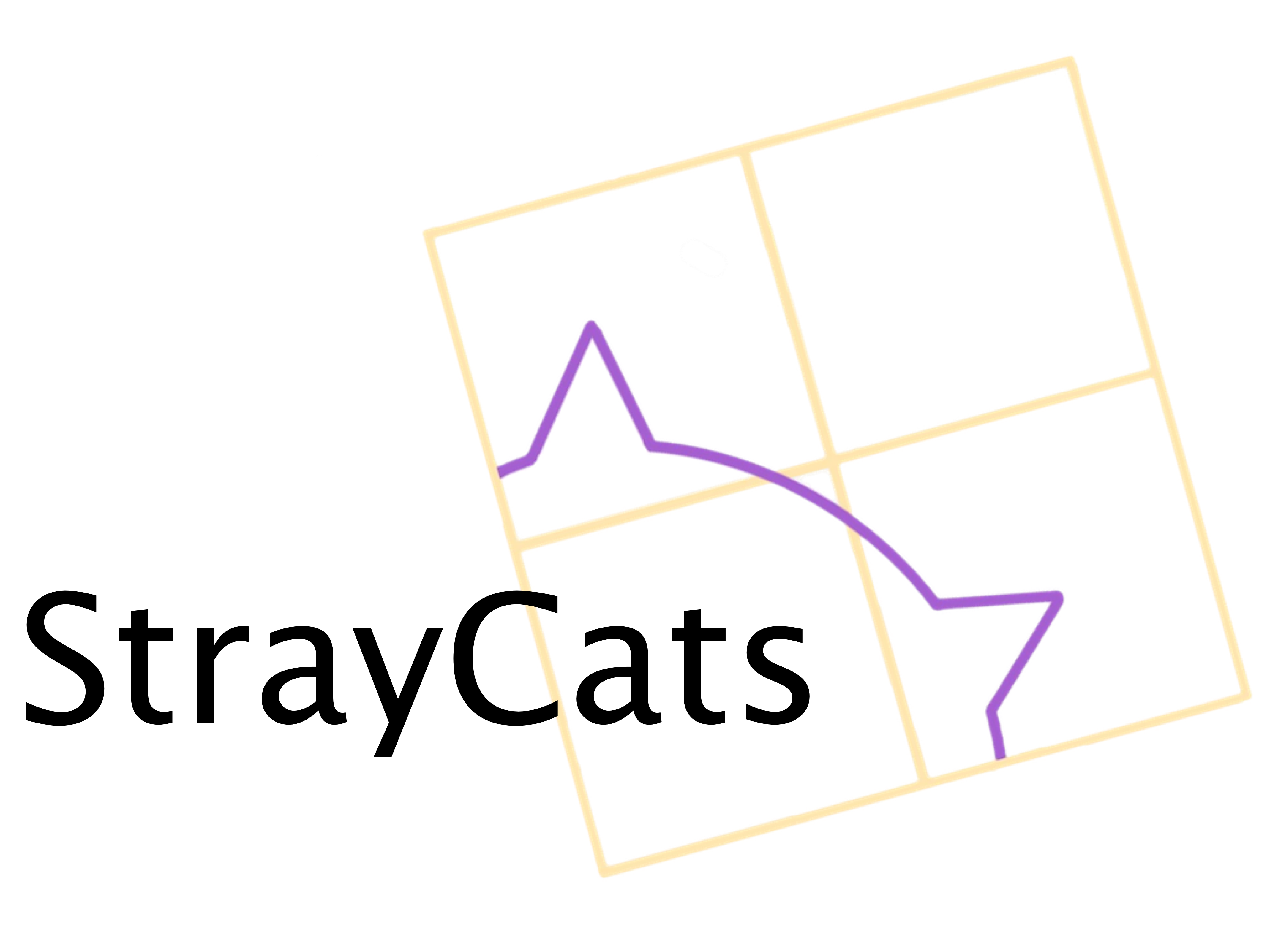
StrayCats: The NuSTAR Stray Light Source Catalog
Usage and Citations
The StrayCats paper has been published into ApJ! Please use the ADS entry for the paper to find published version (which includes the FITS table provided here) and the arXiv preprint. If you find the StrayCats catalog useful, please cite our paper and/or get in touch!
StrayCats Summary Table for all Sources with Products
StrayCats Summary Table for all Sources
Science Papers that use Stray Light data:
-
“Measurement of the Absolute Crab Flux with NuSTAR””, Madsen et al. (2017)
-
“StrayCats: A Catalog of NuSTAR Stray Light Observations”, Grefenstette et al. (2021)
-
“StrayCats II: An Updated Catalog of NuSTAR Stray Light Observations”, Ludlam et al. (2022)
Summer Undergraduate Research Fellowships based on Stray Light data:
-
“The Long Term Analysis of GS 1826-24 using StrayCats”, Hazel Yun (2022)
-
“Stray Light View of Accreting Atolls: GX 9+9”, Lynn Yang (2021)
-
“Analyzing Straylight X-ray Binaries with NuSTAR”, Catherine Slaughter (2020)
Posters on StrayCats
-
“StrayCats: A catalog of NuSTAR Stray Light Observations”, Brian Grefenstette at HEAD19 (2022)
-
“StrayCats II: A catalog of NuSTAR Stray Light Observations”, Brian Grefenstette at NuSTAR 2022”
Catalog Links
Sky distribution of Stray Light sources
Galactic distribution of Stray Light sources. Underlying image is the ESO Milky Way panorama
Use the ‘Zoom’ tool to manipulate this image rather than the “Box Select” tool.
The columns of the StrayCats FITS file are:
-
StrayID:
The Catalog identifier, which is StrayCatsI_XX where XX is the row number after the catalog is sorted the RA and Dec for the focused NuSTAR sequence ID.
-
Classification
The classifications are:
- ‘SL’: Identified stray light source
- ‘Complex’: Multiple overlapping SL sources are present, difficult to analyze)
- ‘Faint’: Potential faint stray light
- ‘GR’: Ghost-rays from a source just outside of the FoV
- ‘Unkn’: Stray light from an unidentified source
-
SEQID
The NuSTAR sequence ID
-
Module
The NuSTAR FPM that contains the stray light (A or B)
-
Exposure
The exposure time for this observation in seconds
-
Multi (FITS only)
Whether the sequence ID contains multiple stray light patterns (Yes/No)
-
Primary
Primary Target
-
Time
MJD time of the observation
-
RA / DEC of the Primary
-
SL Source
If identified, otherwise ??
-
SL Type
If we have identified the type of the object, this will be here
-
SIMAD_ID
ID for the source in SIMBAD
-
RA/Dec of SL source
If known. Otherwise -999